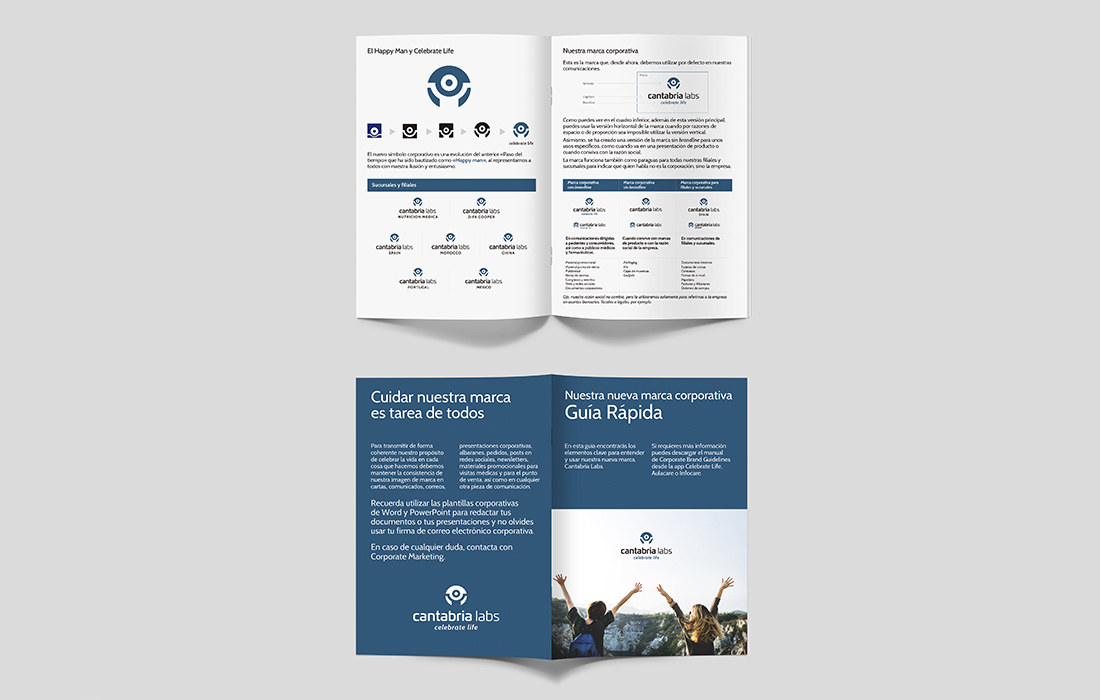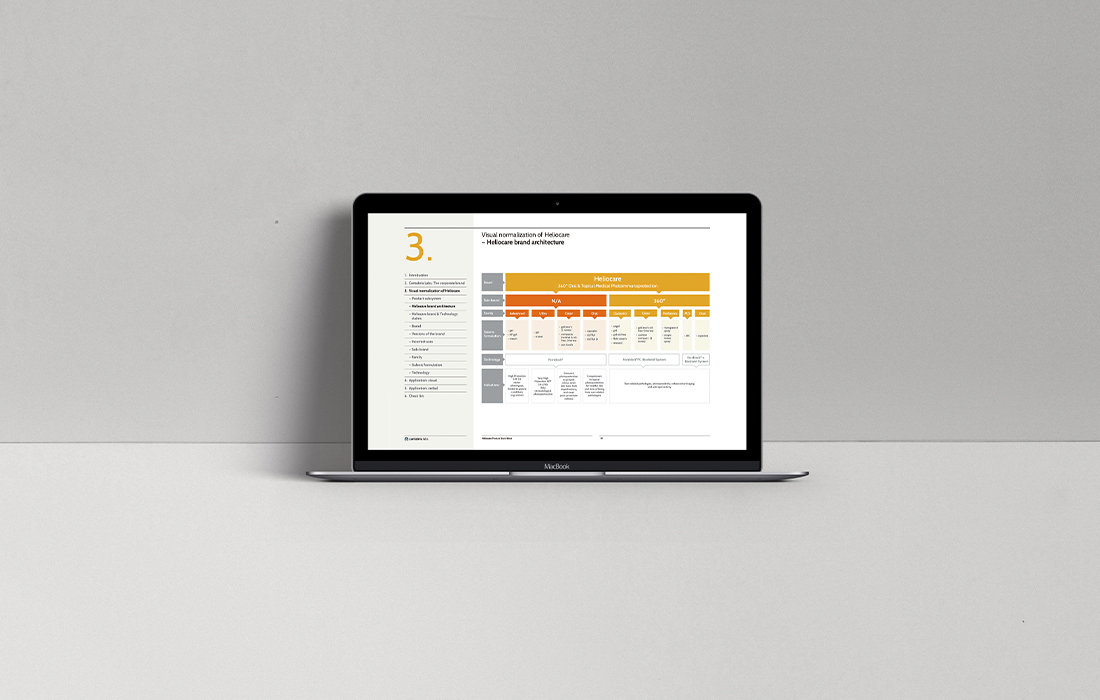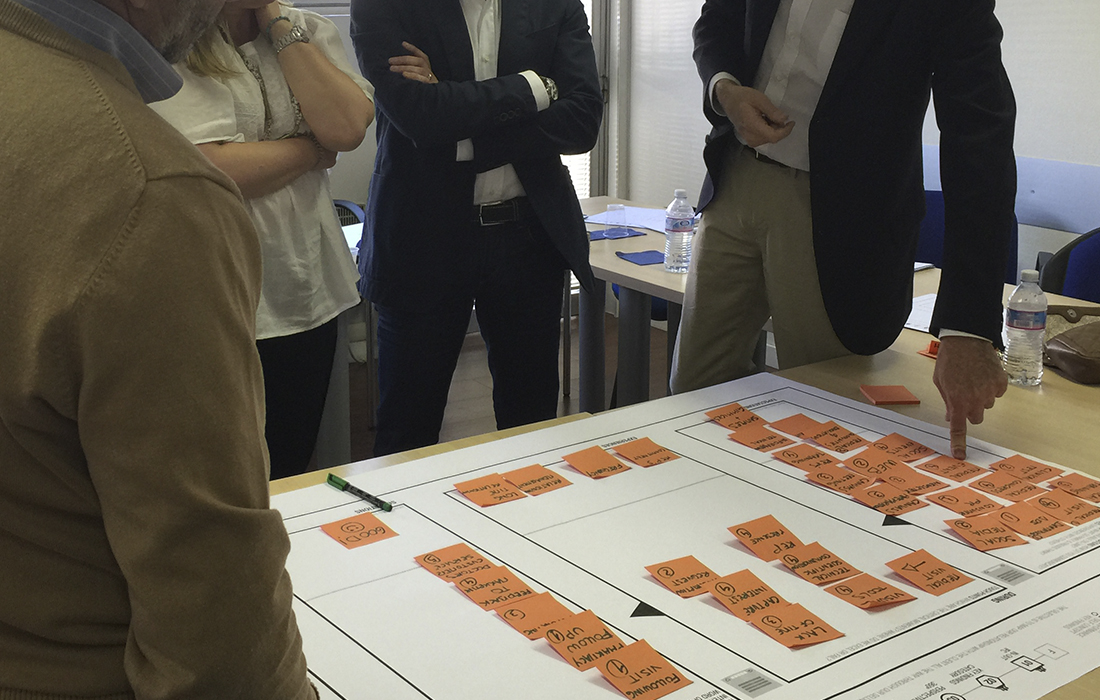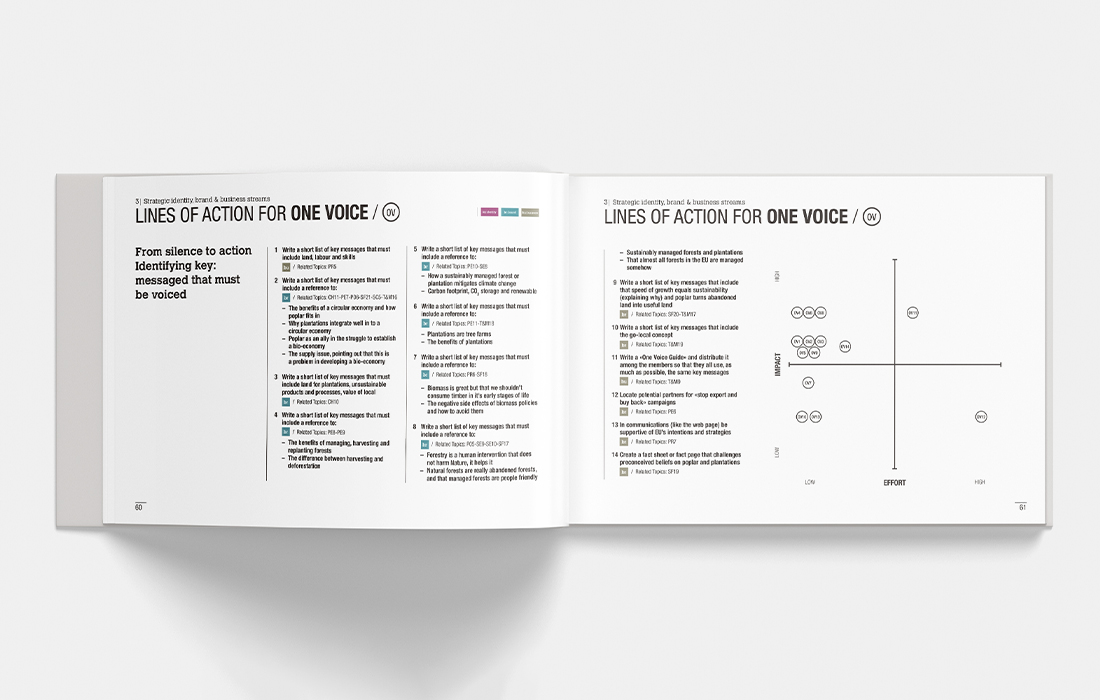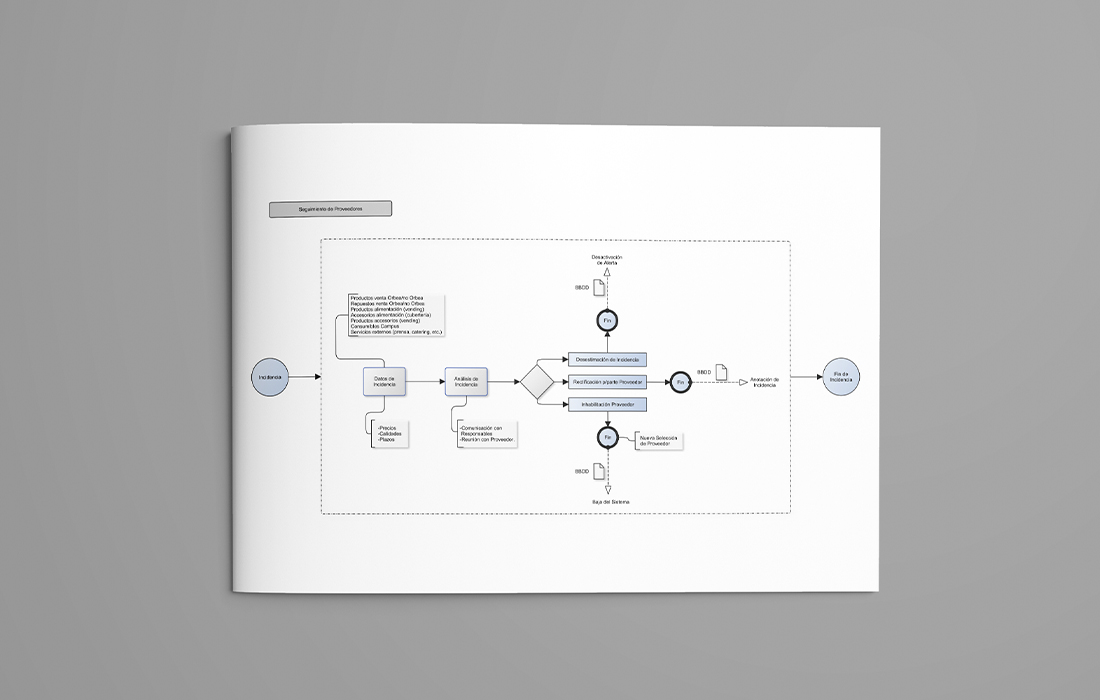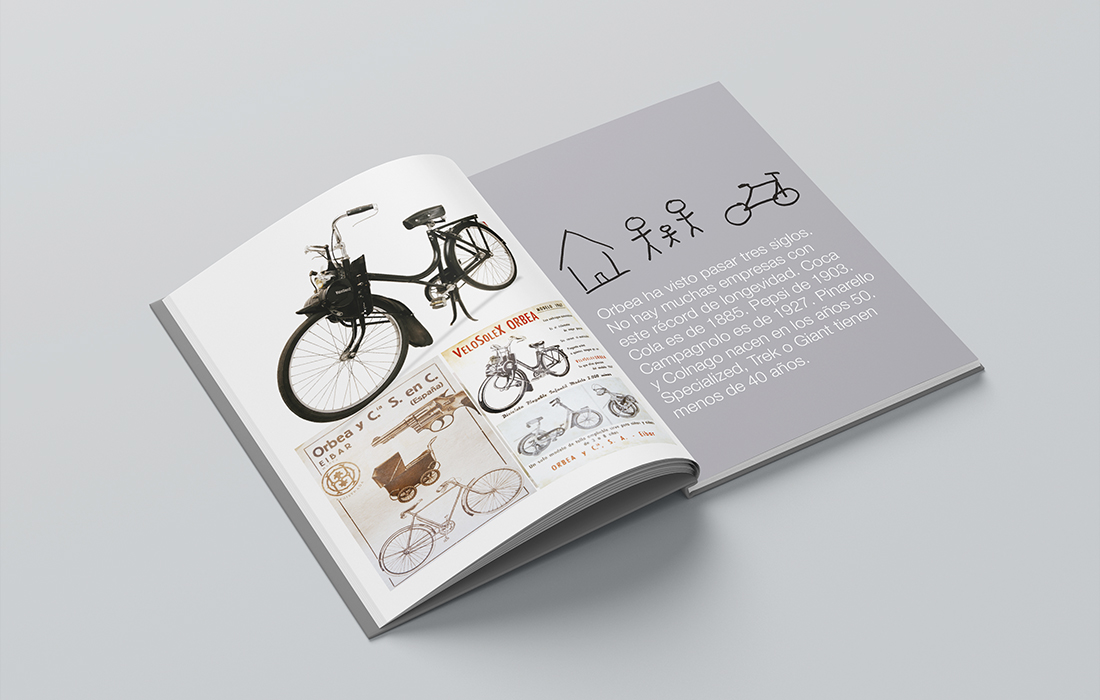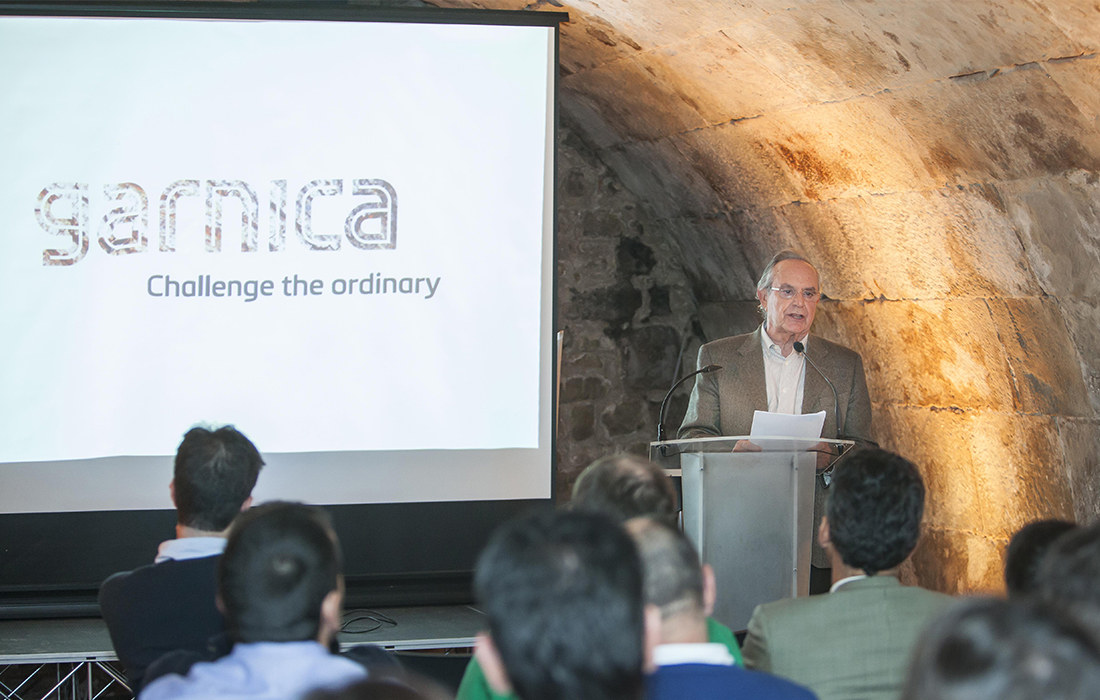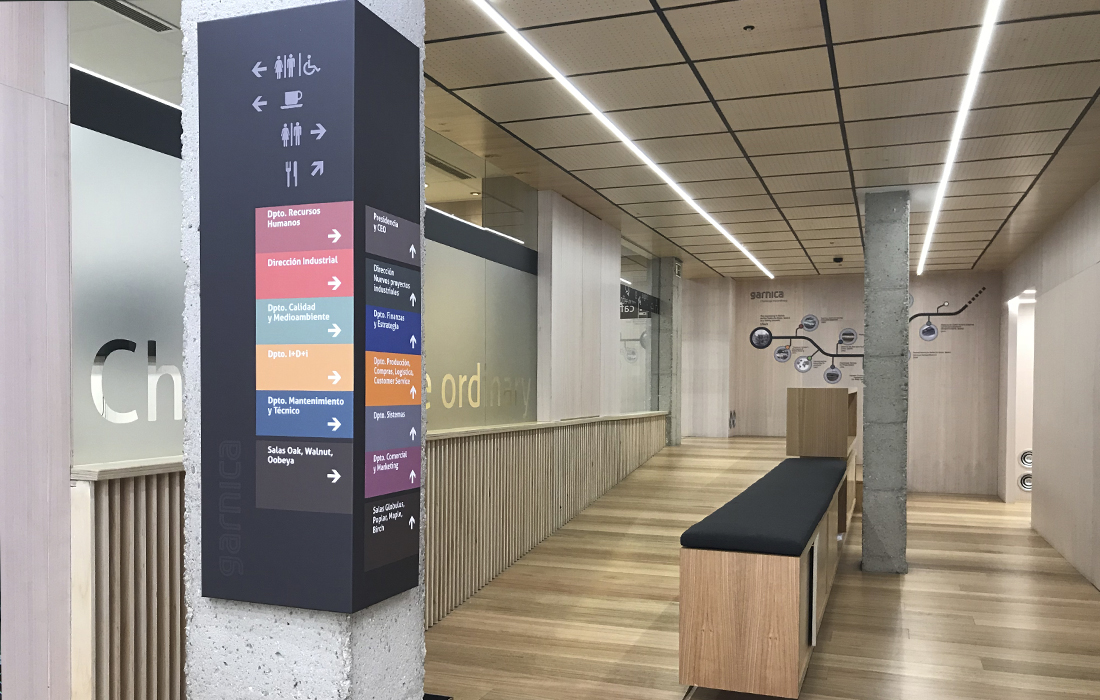
27 Nov Brands and consumers, together, for sustainability
Whiplash Team, 27th November 2020
Brands and consumers, together, for sustainability
The virtual forum “Building the future: sustainability, business, society and consumers” highlighted the importance of managing forests and preserving biodiversity, with the certification as a guarantee of sustainable management, in addition to the need to create alliances to involve all social actors in the challenge of sustainability.
The virtual forum “Building the Future: Sustainability, Business, Society and Consumers” organized by PEFC Spain took place on November 19th with the participation of Yolanda Fernández, director of Corporate Social Responsibility and External Communication of Alcampo, Susana Posada, Head of Institutional Communication and Responsible Business of Leroy Merlin, Ana Gascón, Director of Corporate Social Responsibility of Coca-Cola Iberia, and Christopher Smith, CEO and founder of BrandSmith.
Ana Belén Noriega, Secretary General of PEFC Spain, moderated the event where the need to create alliances to involve all social actors in the challenge of sustainability was discussed. The importance of Sustainable Forest Management (SFM), the chain of custody and the certification of forest products and the preservation of biodiversity to achieve some of the 2030 Sustainable Development Goals proposed by the United Nations were also topics of discussion.
On the other hand, the importance of the informative and educational work of companies with regard to their employees, suppliers and consumers and towards society as a whole was underlined, highlighting it as a key factor in the creation of a collective consciousness about the need to change the economic model and transition to a bioeconomy.
“There are many industries that can benefit from bioeconomy, which is already a reality,” said Christopher Smith in his speech, which opened the event. As examples he indicated that “some years ago it was not possible to build in height with wood, now it is possible with CLT (Cross Laminated Timber). There are already skyscrapers of more than 20 floors built with wooden structures. Pellets to heat us. Clothing made from wood fibre… Bioeconomy must be strengthened. There is a lack of investment in R&D; there is a lack of productive investment in the rural world; wood and forestry products and services are proximity goods”.
For Smith, another way to enhance bioeconomy is by rescuing traditional concepts of recycling and reuse, like those practiced by our grandparents using cloth bags, newspaper for wrapping, or refillable bottles for milk, water, or wine. It is necessary to “recover those concepts of circularity and proximity and adapt them to the needs of the 21st century”, he said.
The need to “do pedagogy with society” was another of the points that Smith highlighted. “There are misinterpretations of what sustainability is. On many occasions, sustainability is associated to plastic, when it really does not have that much to do with materials and resources but with how we use them.” Smith added that when we talk about forests, something similar happens with the concepts of management and conservation: “Management implies conservation, although they are sometimes taken as antagonistic. Management is perceived as something negative since is extractive, when actually it is harvesting a renewable resource in a responsible way, like sustainable fishing or ecological agriculture”. He added that tree-harvesting is not deforestation which occurs when we change the use of land, like “when we cut down trees to plant soybeans or corn to make animal feed, or to build”. He said “we must be balanced with land use because what is at stake is biodiversity. We have to find a balance between recreational use and productive land use”.
The director of Corporate Social Responsibility and External Communication of Alcampo, Yolanda Fernández, pointed out that sustainability is the basis of its corporate strategy and that Alcampo is aligned with the 2030 agenda. “There is a follow-up process in our commercialization of wood products and derivatives: we analyse the origin; we follow the traceability, and we demand the PEFC certificate. Our own brand has already surpassed it and within our suppliers the figure reaches 80%”. She also commented that as part of the communication actions, Alcampo tries to “tell the story of each product, how they are integrated into the ecosystem and that they are sustainable”.
For Fernández, in a world with informational overdose, certifications “help us align ourselves with the products we want. It makes life incredibly easy for us because there is a whole world behind working to ensure the sustainability of the whole chain”. She also explained that Alcampo has just published a sustainable textile policy, so “any product that has this certification helps us because it gives us guarantees and we would include it in our purchase process.”
Leroy Merlin’s policy also establishes that all products must have a certain certification, explained Susana Posada, Head of Institutional Communication and Responsible Business of the chain in Spain.
“We work with more than 300 suppliers who offer us wood products. We have large suppliers, and other smaller ones, for whom we share our knowledge and give them training videos to help them understand why the company is committed to certification. For us, the certification offers a guarantee”.
She explained that Leroy Merlin offers advice to small suppliers to obtain certification and how that has helped the chain “to grow significantly”.
For Posada, capturing the consumer’s attention is an increasingly difficult challenge. “We have developed many communication channels for the client –“ecoopciones”, sustainable forest, certified wood–, but we have not found the key to communicate how we want the message to get through. We do communication in the store, we communicate it to our employees, who are fundamental partners in customer communication, we do awareness campaigns at schools, but it is increasingly difficult to capture the consumer’s attention. I think one of the reasons is the saturation of information. The consumer will pay attention to what interests them, otherwise they won’t”.
She indicated that, although there is a minority of consumers who pay attention, in general consumers do not get involved and do not exercise the power they have.
For her part, Ana Gascón, Director of Corporate Social Responsibility at Coca-Cola Iberia, explained that for the multinational the journey to sustainability has been relatively easy because “when you are clear about what you are as a company and what you want to become, the road map is simple ”. She noted that companies must lead the transformation of the economy to overcome the challenges posed by climate change.
“This 100% responsible business model is in Coca-Cola’s DNA from the beginning,” he said, adding that of the company’s six pillars, four relate to the management of forests, water, and renewable resources. “All ingredients of agricultural origin in our supply chain must be certified and have a guarantee of sustainability at origin”.
She stressed that Coca-Cola is in a process of permanent reinvention so that its packaging has less and less environmental impact. In addition to the objective of reducing up to 18 tons per year the plastic that they put on the market, the company is working “to introduce the first bottle of biological paper”.
She commented on the “Planting water” plan, an initiative that began to be carried out in 2014, led by Coca-Cola and managed by ECODES, with the scientific advice of the University of Zaragoza and in which the Government participates and supports . The project takes into account that vegetation influences the availability of water, so it focuses on carrying out “a controlled reforestation that ensures the supply of blue water -that of rivers and aquifers-, but also on promoting livestock as a producer of blue water by controlling vegetation and, therefore, also fires, ”according to the company’s website.
Gascón agreed with Posada that the involvement of citizens is essential and that to achieve the objectives “it is necessary to involve the whole of society.” Finally, she added that “we must have a mobilizing effect, all together. A business commitment to the forests and build alliances to communicate these messages jointly is necessary”.




